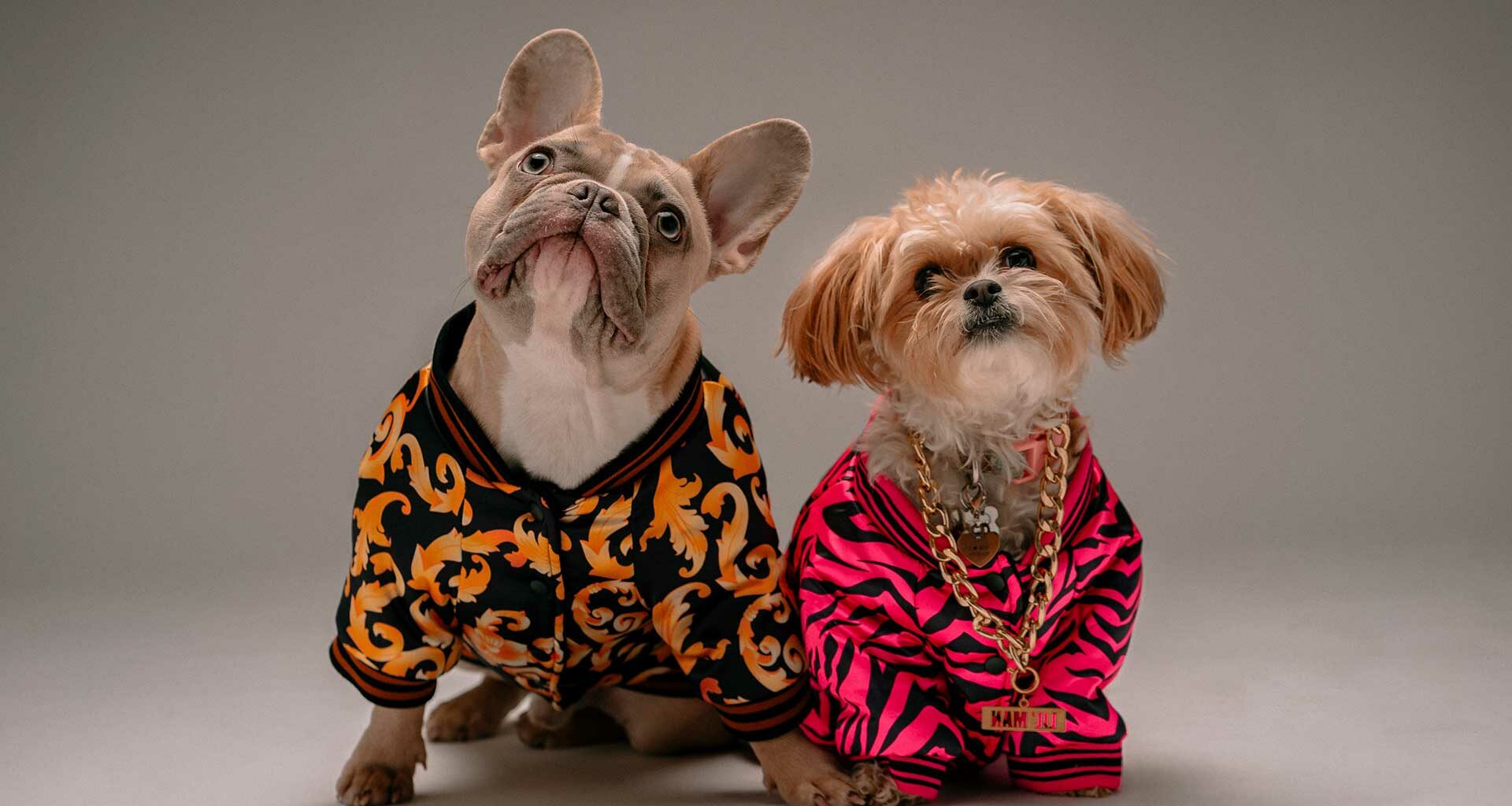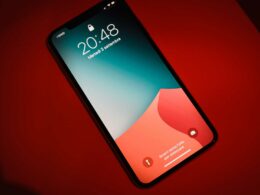Personalized loyalty has the potential to drive customer lifetime value (CLV) in a significant way, but to do so, casual customers must first be converted into loyalty program members. Companies recognize the importance and value of loyalty members: 65% of new loyalty members make purchases, according to Eagle Eye research, with 30% making two or more purchases.
by Joel Percy
The first challenge retailers face is expanding their pool of members. Nearly half (43%) of retail leaders surveyed for Eagle Eye’s Grocery’s Great Loyalty Opportunity report said attracting new loyalty members was their biggest challenge.
Customers are attracted to and stay with loyalty programs that provide what they want – and while some want to gain status or perks or earn rewards with other brands, the overwhelming majority want recognition of them as individuals with personalized offers that provide value. Loyalty programs that don’t deliver on value will have loyalty members use the program only sparingly or experience high levels of churn, so any promotion to encourage them to join in the first place won’t provide the merchant with the expected payback.
The most visible sources of value—and the most prominent in shoppers’ minds—are discounts, savings or other methods of cost mitigation that are accessible during the routine shopping trip.
Well-run loyalty programs provide personalized promotions, discounts, and other offers that benefit both the consumer in terms of savings and retailers in terms of 16% larger basket sizes, overall spend lift, reduced churn and a lower cost of promotions.
Yet, as valuable as loyalty members are, too few retailers prioritize next-generation personalization and gamification capabilities, which Eagle Eye refers to as Personalization 2.0. At the same time, consumers indicate they would welcome such engagement. Another opportunity many retailers overlook is context-based promotions and marketing, which delivers personalized offers to customers at the ideal moment to influence their purchasing decisions.
This underscores the need for effective offer delivery and management, tailored promotions integrated into the loyalty program, and relevant, interactive loyalty platform experience.
Technology at the Center
Technology is and will continue to be the driver for Personalization 2.0. It’s the foundation for engaging with the customer through frequent, meaningful messages and offers and provides different and convenient ways for customers to interact how they want to. It also strengthens the brand-customer relationship and leads to higher CLV.
Technology also helps attract and retain loyalty program members by providing opportunities for merchants to connect with members via multiple channels before, during and after any shopping journey. Loyalty executives should seek to establish as many digital connections with customers as possible. The greater the number of connections, the more opportunities a company has to engage with the customer, strengthening the loyalty bond. Multiple connections also provide customers with options rather than forcing them to use the channel(s) of the company’s choosing.
Customers want to connect via their channel(s) of choice, which may not be the same for every transaction. They may even use multiple channels for a single transaction, through which a merchant can suggest “similar items” or other upsell/cross-sell offers. A customer who placed an order on their computer at home may decide to add an extra item via mobile at the time of pickup.
Beyond establishing as many digital connections as possible, technology also enables companies to provide personalized offers to meet the customer’s needs. A customer who buys coffee every week is likely to welcome a discount or some other offer related to coffee, whereas customers who never buy coffee would be more likely to prefer an offer for something they frequently purchase, such as seasonal produce or skin-care items.
In our report, 63% of respondents said they want retailers to offer more discounts on a wider array of products, and 56% want deeper discounts on the specific items they purchase, highlighting the need for grocery loyalty programs to be highly personalized to provide individual consumers with the benefits and offers they value the most.
Personalized loyalty provides a deeper relationship with customers, more frequent engagement and interactions with the loyalty program, an easier path to member acquisition, a larger volume of customer data and more precise customer insights. The success of the best of these programs is reflected in a company’s financial statements due to increased basket size, overall spend lift, reduced churn and a lower cost of promotions.
However, most companies have yet to fully adopt a truly personalized loyalty and customer engagement strategy, though there is strong evidence that such an approach will contribute to the bottom line. In retail, personalized loyalty programs offer customers discounts or other rewards based on their past spending habits and encourage them to spend incrementally more (or “stretch”) to reach the next tier or reward. The degree of sophistication in personalization is reflected in how tailored those offers are and how targeted the individual shopper is.
Some retailers are doing this today, offering personalized pricing—discounts on “just for you” items, but rarely at scale even though doing so would dramatically impact the perceived value of the loyalty program and the retail brand more broadly. Same with personalized rewards, personalized status or tiers.
Our research shows that using loyalty points, discounts or savings to reduce the cost of their typical grocery trip was the second-most popular method for consumers to save money, right behind buying more items on sale or during special promotions.
More Touchpoints Equals More Engagement
With consumers focusing more on saving money while shopping due to inflation-driven higher prices, Loyalty managers see strong potential benefits for their programs. While 70% of loyalty program managers expect their programs to grow, the impact of that growth will be limited if companies fail to offer the deep personalization and multiple touchpoints that customers demand today.
And if the 66% of loyalty program managers who expect higher levels of engagement in the next 6-12 months are to be proved right, they’ll have to deliver a high-value, high-touch loyalty experience that gives consumers a reason to use their programs.
Retailers recognize the potential benefits of loyalty and personalization, but many are held back by technology that cannot capitalize on these opportunities. Some legacy technologies can only communicate via a limited number of channels, have limited personalization capabilities, or both. The right technology enables companies to deliver compelling loyalty programs with multiple customer touchpoints to engage with their customers on a one-to-one level.
Many companies are strapped with expensive-to-replace legacy technology. Therefore, they might not be able to take advantage of all the deep personalization and in-the-moment capabilities offered by the most advanced technology. However, there are still opportunities to improve current loyalty and personalization efforts.
Loyalty marketers with limited budgets should review what they are doing now. They can check the offers being redeemed versus those sent to understand where improvements can be made. They can also look at the timing of promotions. For example, scheduling an offer delivery to coincide with a merchant’s weekly, monthly, or even “flash” sales.
Contextual Marketing, Gamification Opportunities
Additionally, marketers can help drive engagement with a context-based approach – Marketing in the Moment – and gamification.
Marketing in the Moment involves retailers looking beyond just the customer and the content and incorporating meaningful contextual factors such as time of day, day of week, location, weather, etc. Some examples would be a quick service restaurant delivering offers around mealtime or a merchant offering a promotion within a specific zip code. Taken to the next level, it combines location and time elements with historical purchase habits and other customer information to make compelling offers personalized for customers to trigger purchases. Marketing in the Moment isn’t just about incremental sales; it demonstrates that the retailer understands and accommodates customers’ preferences and habits and anticipates their needs, encouraging customers to stick with the brand and maximize CLV. Such promotions enable a merchant to achieve Personalization 2.0, which resonates with loyalty program members; more than half (56%) want retailers to make it easier to find discounts.
Consumers can be motivated by loyalty program initiatives that reach them when they’re most likely to respond and act on an offer – 71% of surveyed consumers said that if they got an alert about a promotion for a product while in the store, they would either consider buying it or would consider the information helpful.
Gamification also provides opportunities to engage customers in a meaningful way that they enjoy. Nearly two-thirds (66%) of global customers said they would (or already do) participate in games, contests or challenges through a loyalty program or app. This is particularly true of the valuable younger demographic segments, with 80% of Millennials, 74% of Gen Zers and 68% of Gen Xers saying they would be willing to participate in games and challenges through their loyalty programs.
By participating in these games, consumers recognize that they can receive something of value, either outright savings, a reward that can be redeemed in the future or a chance to win prizes.
Final Thoughts
Customer lifetime value is a critical financial metric for retailers, grocers and other businesses. Loyalty programs that focus on deep levels of personalization supplemented by contextual marketing, multiple digital touchpoints and gamification to frequently engage customers can add significantly to a company’s revenues while also building and retaining a loyal customer base and reducing overall marketing expenses.

Joel Percy is the Regional Director of North America at Eagle Eye, where he helps clients grow loyalty and drive sales by building digital connections with their customers. He is an experienced Loyalty and CRM executive with expertise in retail personalization and data monetization. At Loblaw Companies in Canada, he helped design, launch, and run PC Plus, one of the world’s first fully personalized digital rewards programs. He has also consulted with retailers around the globe on the design of personalized marketing programs.
Photo by Karsten Winegeart on Unsplash













